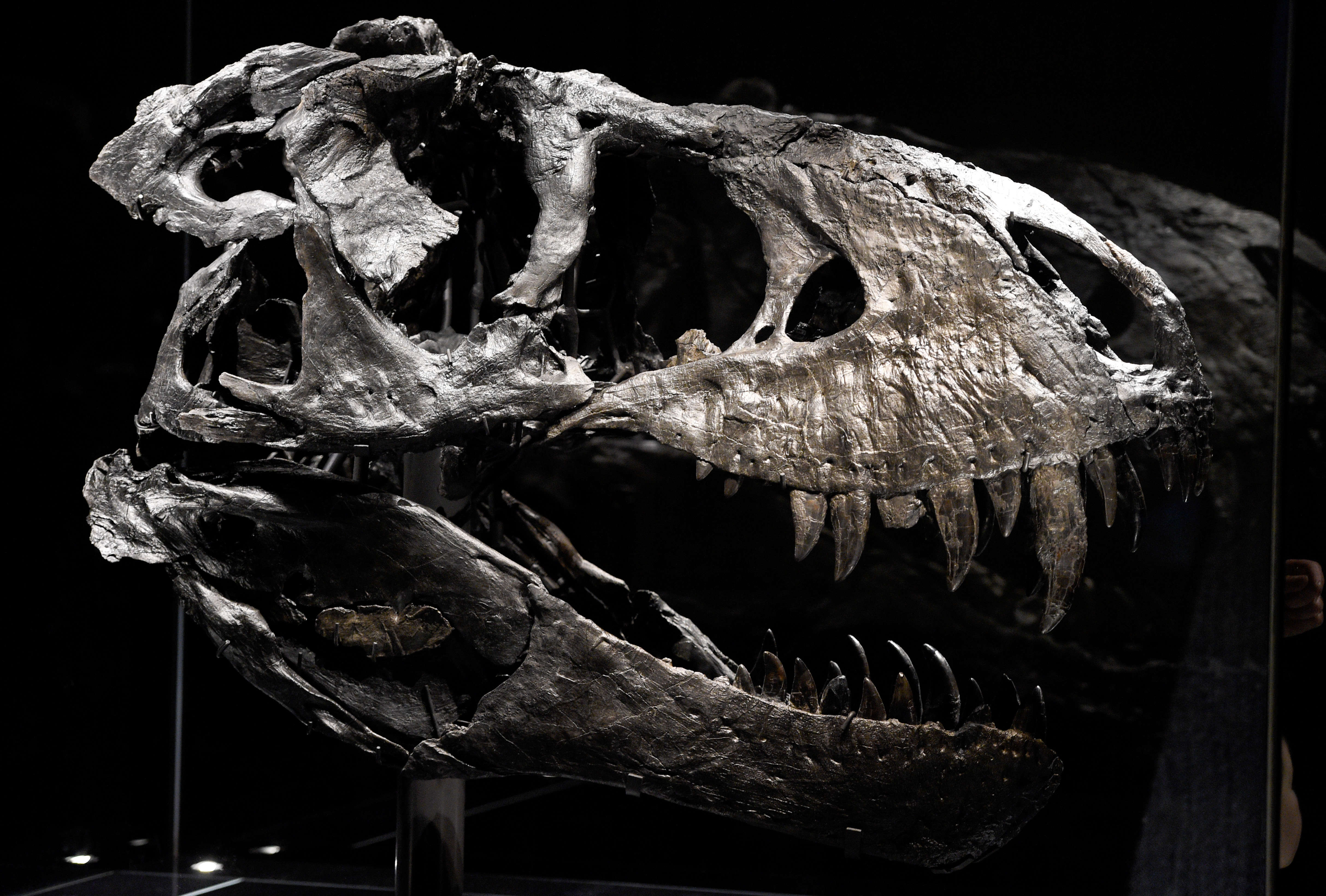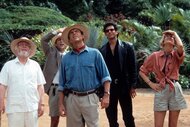Create a free profile to get unlimited access to exclusive videos, sweepstakes, and more!
Could real-life dino DNA finally be within reach thanks to this amazingly preserved fossil?

It almost sounds like Jurassic Park. Dino DNA? Where’s the animated double helix when you need it? While dinosaur DNA remains elusive, there's a chance it could be hiding in a 125-million-year-old fossil.
John Hammond would be disappointed because he’d want to hatch raptors — but paleobioloist Alida Bailleul of the Chinese Academy of Sciences, who led a study recently published in Communications Biology, is cautiously optimistic. While we can’t resurrect monster theropods that can snap up an entire human as a meal, she and her team have found fossilized dinosaur cartilage in which there could possibly be preserved genetic material from an actual dinosaur.
Bailleul had previously studied a much younger fossil that still wouldn’t give up most of its genetic secrets. 75 million years underground will do that.
“We didn't find any DNA in there yet,” she told SYFY WIRE. “We don't even know if there will be any DNA in these cells, but a real-life Jurassic Park will never happen. We can never clone dinosaurs and bring them back to life, even if we have their entire genome sequenced."
The cartilage belonged to Caudipteryx, a feathered reptile that vaguely resembled a peacock, which shouldn’t be that surprising because birds are the closest thing you can find to a living dinosaur. Suspicion of DNA hit when the research team compared its fossilized cells to those of chickens. They found that structures in Caudipteryx cells that at least resembled chromatin, which is the material chromosomes are made of. Whether these structures are actually fragments of DNA is what they are now trying to investigate, because they could be anything.
Even fossils that are immaculately preserved may show no signs of DNA. It often degrades too quickly, which is why any ancient DNA that has been able to survive even hundreds of thousands of years, never mind hundreds of millions, is a find. The oldest DNA ever sequenced is that of a species of woolly mammoth that last roamed Siberia some 1.2 million years ago. Now try a specimen that is slightly over a hundred times as old. Even if the Caudipteryx fossil contains remnants of the dinosaur’s genes, it is unlikely that they will appear as they once did.
“If there is any DNA or any DNA-like molecule in there, it will most likely be very chemically modified and altered by diagenesis, with crosslinks everywhere,” said Bailleul. “It most likely cannot be sequenced, either.”
Diagenesis consists of all the processes involved in morphing sediment into sedimentary rock, and any physical or chemical changes affect bones that are trapped in that rock as well. DNA usually doesn’t survive this. If there is DNA in the cartilage specimen, it may have been altered beyond recognition, or ended up too fragmented to reveal much information. The Caudypteryx cells reacted like normal cells once stained and examined in a lab. That really doesn't mean much except that they probably contain organic molecules and maybe DNA.
That is a dino-sized maybe. Even organics on distant worlds like Mars and Titan are not enough to provide proof that life exists there, because no alien DNA has shown up yet. The only thing that is certain right now is that these are original dinosaur cells and nuclei that have not been invaded by bacteria. It is impossible for bacteria to mimic actual cell nuclei, but that is just one of the many things that need to be ruled out. What is in the nuclei of the cells needs to be determined chemically in order for Bailleul and her team to be certain whether or not it is DNA.
“It’s complicated to figure out, which is why we need to use different chemical methods to figure out exactly what those organic molecules are,” she said. “I hope we can reconstruct a sequence—someday, somehow. I could be wrong, but I could also be right.”
Sorry, Hammond, but it doesn't look like your dream of a prehistoric theme park is ever going to come to life. Not that we’d necessarily want it to.














